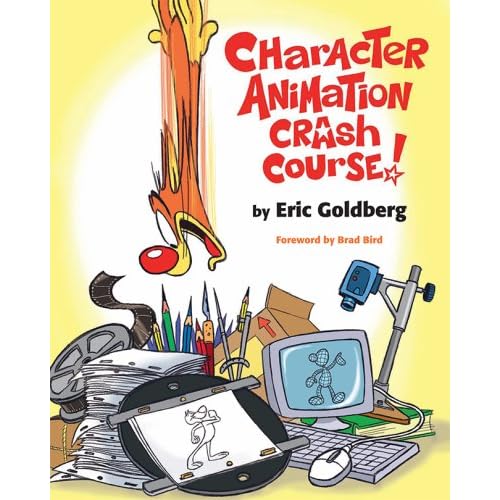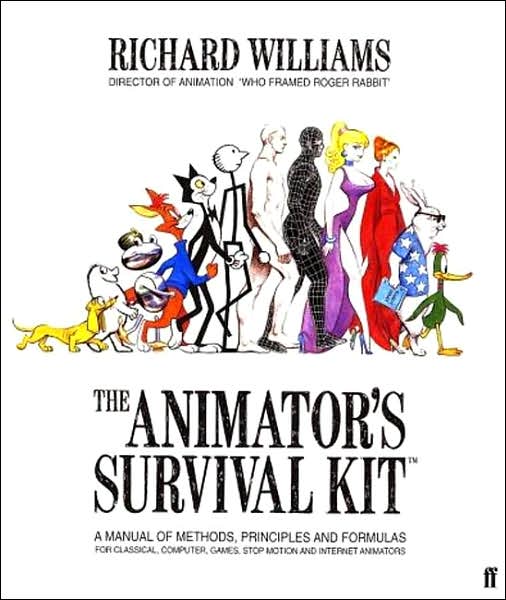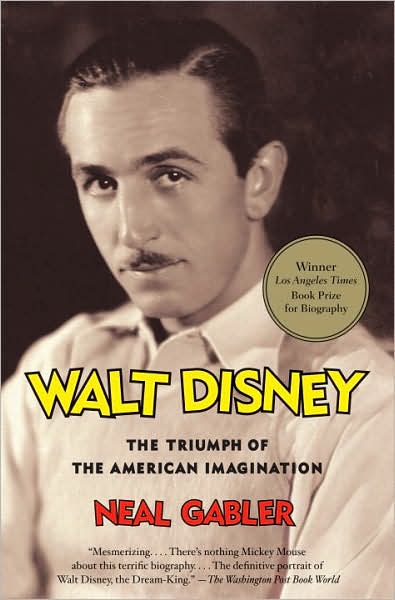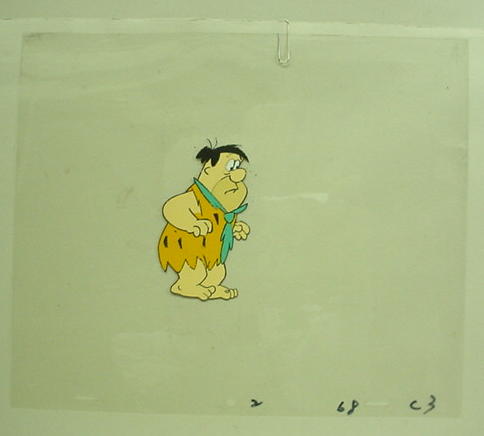check this out later:
http://dresdencodak.tumblr.com/post/2413085571/costumes-the-wearable-dialog
Wednesday, December 22, 2010
Friday, November 13, 2009
Animazing Spotlight Pt. 2
The next panel was "The Incestuous History of Technology & Animation" with Bill Kroyer, one of the main animators for Tron and a cofounder of Rhythm & Hues. He gave an amazing presentation on the earliest days of motion graphics, where he was literally programming every dot on the screen. After these vectors came parent chains, and he showed a simple but awesome animation of a 'block woman' swinging from a point. He showed us a test woman walking around that he did for Mick Jagger, which resulted in the "Hard Woman" video below:
He didn't screen this clip, but he had told us that he was unable to do planar rendering . . . I guess they had figured it out by then, but were unable to deform objects.
Bill mentioned that he shot the test footage frame by frame with a 35mm camera off the computer screen. It was a long test, and I asked afterwards if he edited the footage afterwards or if the computer was able to run such a long simulation. He said no, it was literally frame by frame - he had to wait for each image to render before exposing a single frame of film. He also said he projected an image of Mick Jagger onto the screen, but I'm not sure if he meant to animate over or to photograph.
In 1988, Bill Kroyer made the short "Technological Threat," a half 2D, half 3D short about workers being replaced by computers that was nominated for an academy award. It told the story of an organic life form fighting back against the machines that replaced him, but Bill was too late! The Academy also nominated Cordell Barker's "The Cat Came Back" and John Lasseter's "Tin Toy." "Tin Toy" took the prize.
He didn't screen this clip, but he had told us that he was unable to do planar rendering . . . I guess they had figured it out by then, but were unable to deform objects.
Bill mentioned that he shot the test footage frame by frame with a 35mm camera off the computer screen. It was a long test, and I asked afterwards if he edited the footage afterwards or if the computer was able to run such a long simulation. He said no, it was literally frame by frame - he had to wait for each image to render before exposing a single frame of film. He also said he projected an image of Mick Jagger onto the screen, but I'm not sure if he meant to animate over or to photograph.
In 1988, Bill Kroyer made the short "Technological Threat," a half 2D, half 3D short about workers being replaced by computers that was nominated for an academy award. It told the story of an organic life form fighting back against the machines that replaced him, but Bill was too late! The Academy also nominated Cordell Barker's "The Cat Came Back" and John Lasseter's "Tin Toy." "Tin Toy" took the prize.
Sunday, November 8, 2009
Animazing Spotlight: Weekend of Animated Shorts
I spent all weekend at "Animazing Spotlight: Weekend of Animated Shorts," a festival which I learned about just last week when I got the chance to meet Yvette Kaplan (Beavis and Butt-Head, Doug). She gave a talk about MTV and her show, and will also be at CTN next week. She gave me some 10% coupons for CTN if anyone would like.
The first segment on Saturday was "A Crash Course on Character Animation - Eric Goldberg." Eric said his inspiration to make cartoons came from the Woody Woodpecker show, when Walter Lantz would do a weekly segment on how cartoons were made. He called them cheesy, staged pieces, but the closest to an animation education that he could get as a kid. They're actually pretty thorough:
Eric showed his work from Hercules and Aladdin while going over bits from his book "Character Animation Crash Course."

He mentioned things like not letting a second character go dead while the first one is talking and giving proper time and space to strong poses. He talked about establishing a rhythm for an action, and then changing that rhythm as a character reacts to a situation.
In the next segment, Bob Kurtz showed 'the shortest shorts,' tv spots from several decades. In addition to the usual great older (new york produced) stuff, he showed this piece:
It's called "Grrr," made in 2004 by a studio called "Nexus" in London, and it looks as if Lisa Frank had to grow up and get a serious job. Garrison Keillor's magical voice takes you through the slowish opening, but the visuals quickly get together and match the oddness of the lyrics. The actual animation is stiff and odd, as is the render, but I enjoy the overall flow and design. And who doesn't feel proud when rabbits don't have to wear sound proof earmuffs anymore?
The first segment on Saturday was "A Crash Course on Character Animation - Eric Goldberg." Eric said his inspiration to make cartoons came from the Woody Woodpecker show, when Walter Lantz would do a weekly segment on how cartoons were made. He called them cheesy, staged pieces, but the closest to an animation education that he could get as a kid. They're actually pretty thorough:
Eric showed his work from Hercules and Aladdin while going over bits from his book "Character Animation Crash Course."

He mentioned things like not letting a second character go dead while the first one is talking and giving proper time and space to strong poses. He talked about establishing a rhythm for an action, and then changing that rhythm as a character reacts to a situation.
In the next segment, Bob Kurtz showed 'the shortest shorts,' tv spots from several decades. In addition to the usual great older (new york produced) stuff, he showed this piece:
It's called "Grrr," made in 2004 by a studio called "Nexus" in London, and it looks as if Lisa Frank had to grow up and get a serious job. Garrison Keillor's magical voice takes you through the slowish opening, but the visuals quickly get together and match the oddness of the lyrics. The actual animation is stiff and odd, as is the render, but I enjoy the overall flow and design. And who doesn't feel proud when rabbits don't have to wear sound proof earmuffs anymore?
Animation Calendar
One of my friends said recently "wouldn't it be great, if like, someone were to put together a google calendar filled with all the animation events in L.A.?"
SOMEONE HAS!!!!:
Right now it's gathered from the Silent Movie Theater, New Bev, Aero, Egyptian, Asifa Calendar, AWN and Cartoon Brew. Did I miss anything?
SOMEONE HAS!!!!:
Right now it's gathered from the Silent Movie Theater, New Bev, Aero, Egyptian, Asifa Calendar, AWN and Cartoon Brew. Did I miss anything?
Monday, October 19, 2009
Opera Postcard
My very talented friend Jennifer is going to be in The Celestial Opera Company's production of "Abduction from the Seraglio" at the end of November. Check out this postcard I made:

It's an updated adaptation, where Turkey meets 50's America.

It's an updated adaptation, where Turkey meets 50's America.
Wednesday, October 14, 2009
Mary & Max
Usually it's a bad sign if you can't find a decent quality trailer, but Mary and Max is a great film:
It opened Sundance and you can see it today on . . Movies on demand. This work is from the director of Harvey Krumpet (which I haven't seen,) the academy award winning short from 2004.
Overbearing piano theme aside, Adam Elliot's Mary and Max is the perfect blend of an engaging, messed up story and slightly disfigured appealing visuals. It takes a lot for me to feel badly for a character, especially if the director comes out before hand and says 'this is a dark film,' but at the end of the movie I was feeling bad about myself.

Half of the story takes place in the claustrophobic, dirty, monochromatic New York as seen through the aspie eyes of Max. They nailed the sound of police sirens - distant, but constantly echoing off the buildings around you. Made me homesick.

Mary's world is equally terrifying and confined. She is trapped between an eternally 'wobbly' mother who pursues the perfect bottle of cooking sherry and an overwhelmed father who shuts himself up in the garage tending to birds who have been hit by cars.
Adamn Elliot is not afraid to shy away from any of his character's defects. It makes the film uncomfortable to watch, not because these flaws are offensively sordid but because they strike too close to home. This is the thorough soul searching that Tatia Rosenthal's $9.99 failed to achieve.
The director spoke after the ASIFA screening, and I was impressed to learn that (outside of one comped in 2D sequence) the whole thing was really done in camera. As in, he would animate the tv shows and project them frame by frame inside of a television on set. He also said it was a 'true' story: A man much like Max in New York picked up a telephone book of animators and called him up.
It's a shame this didn't get a theatrical run, so you've got to watch it on cable.
Here's Harvey Krumpet, which I will get around to.
It opened Sundance and you can see it today on . . Movies on demand. This work is from the director of Harvey Krumpet (which I haven't seen,) the academy award winning short from 2004.
Overbearing piano theme aside, Adam Elliot's Mary and Max is the perfect blend of an engaging, messed up story and slightly disfigured appealing visuals. It takes a lot for me to feel badly for a character, especially if the director comes out before hand and says 'this is a dark film,' but at the end of the movie I was feeling bad about myself.

Half of the story takes place in the claustrophobic, dirty, monochromatic New York as seen through the aspie eyes of Max. They nailed the sound of police sirens - distant, but constantly echoing off the buildings around you. Made me homesick.

Mary's world is equally terrifying and confined. She is trapped between an eternally 'wobbly' mother who pursues the perfect bottle of cooking sherry and an overwhelmed father who shuts himself up in the garage tending to birds who have been hit by cars.
Adamn Elliot is not afraid to shy away from any of his character's defects. It makes the film uncomfortable to watch, not because these flaws are offensively sordid but because they strike too close to home. This is the thorough soul searching that Tatia Rosenthal's $9.99 failed to achieve.
The director spoke after the ASIFA screening, and I was impressed to learn that (outside of one comped in 2D sequence) the whole thing was really done in camera. As in, he would animate the tv shows and project them frame by frame inside of a television on set. He also said it was a 'true' story: A man much like Max in New York picked up a telephone book of animators and called him up.
It's a shame this didn't get a theatrical run, so you've got to watch it on cable.
Here's Harvey Krumpet, which I will get around to.
Monday, September 28, 2009
San Diego Film Festival
I drove down to San Diego this weekend to give a talk to high school students about going to school for animation. I told them everything I wished I had known back then, the most important being to purchase the Animator's Survival Kit and read it. Their eyes lit up when I told them it was written by the animation director of Who Framed Roger Rabbit, so that was a good sign. In three/four hundred art students there were about seven who kept asking lots of animation questions.

My hero.
There was even one kid who wanted to go to NYU for animation. I thought it was all going rather well, right up until the very last question, when someone raised his hand and asked about the technology the first Disney shorts and Pinnochio were made with. I started to answer about multi-plane and had to be cut off by the host because my time was up. I went up to the kid afterward and started to explain again, then realized he was asking me how you made a movie before computers existed. I asked him if he knew what a cel was, and he said no. D:
I gave him a quick explanation and told him to read "Walt Disney: The Triumph of American Imagination" so he'd learn all about the Alice shorts and Silly Symphonies and such. I told him to look for the popping colors in older shorts, they would tell him when an additional cell was being laid on top of the bunch.

Well, you can't have it all. If I'm asked back next year I'll try to do a quick technological history of the medium.

This is a cel. This is only a cel.
I only saw one entirely animated short, entitled "Daniel Finds His Walking Stick."

My hero.
There was even one kid who wanted to go to NYU for animation. I thought it was all going rather well, right up until the very last question, when someone raised his hand and asked about the technology the first Disney shorts and Pinnochio were made with. I started to answer about multi-plane and had to be cut off by the host because my time was up. I went up to the kid afterward and started to explain again, then realized he was asking me how you made a movie before computers existed. I asked him if he knew what a cel was, and he said no. D:
I gave him a quick explanation and told him to read "Walt Disney: The Triumph of American Imagination" so he'd learn all about the Alice shorts and Silly Symphonies and such. I told him to look for the popping colors in older shorts, they would tell him when an additional cell was being laid on top of the bunch.

Well, you can't have it all. If I'm asked back next year I'll try to do a quick technological history of the medium.

This is a cel. This is only a cel.
I only saw one entirely animated short, entitled "Daniel Finds His Walking Stick."
Subscribe to:
Posts (Atom)